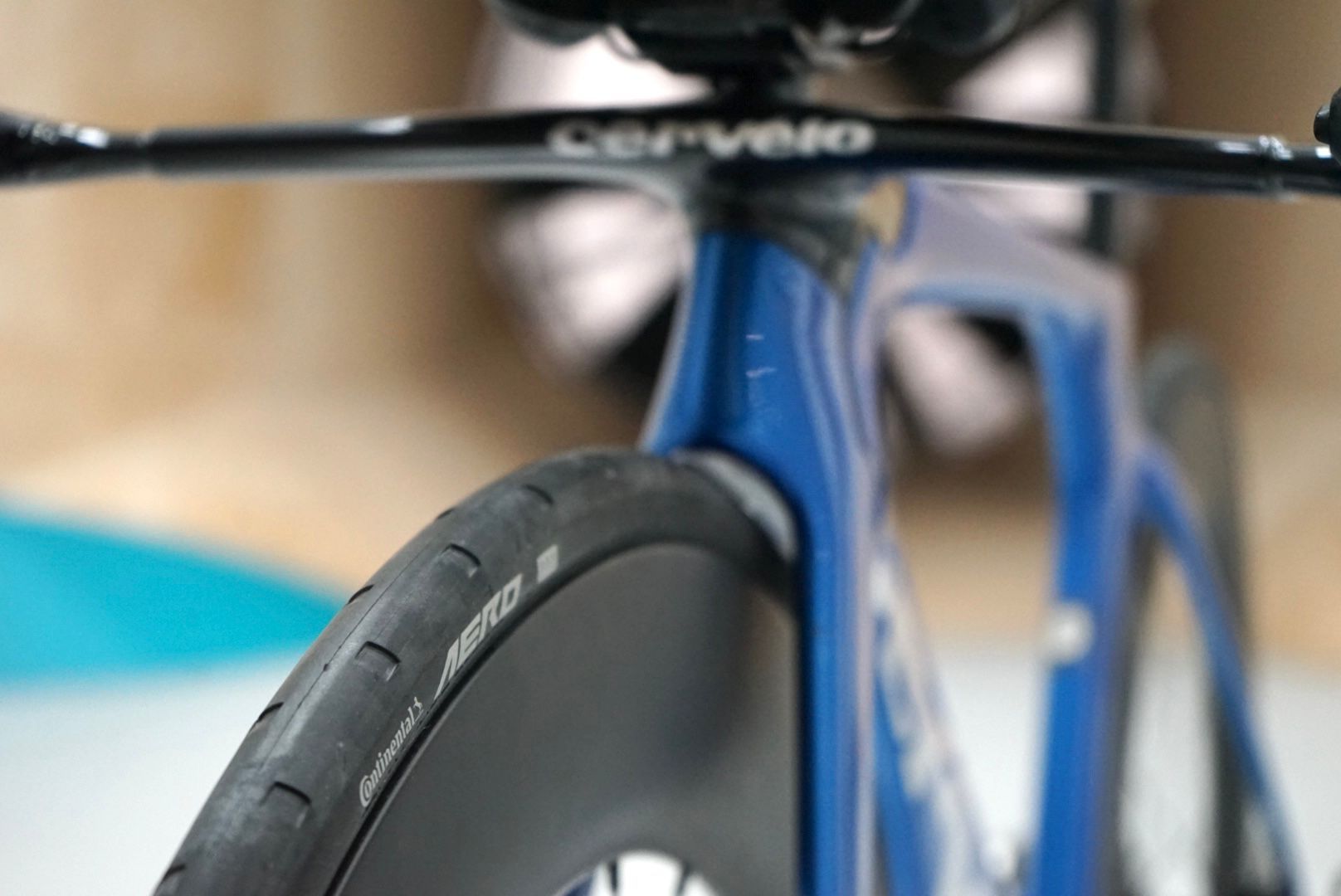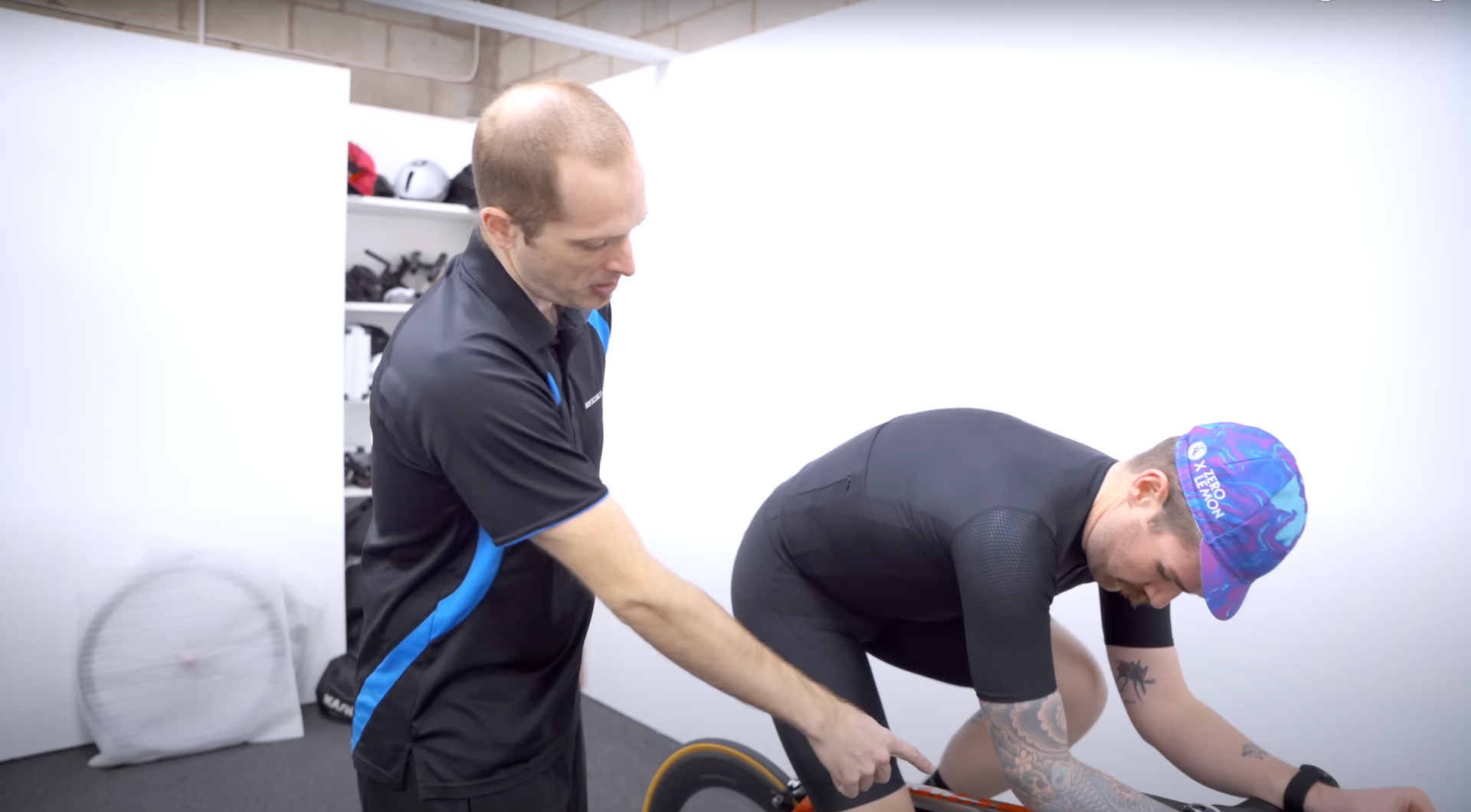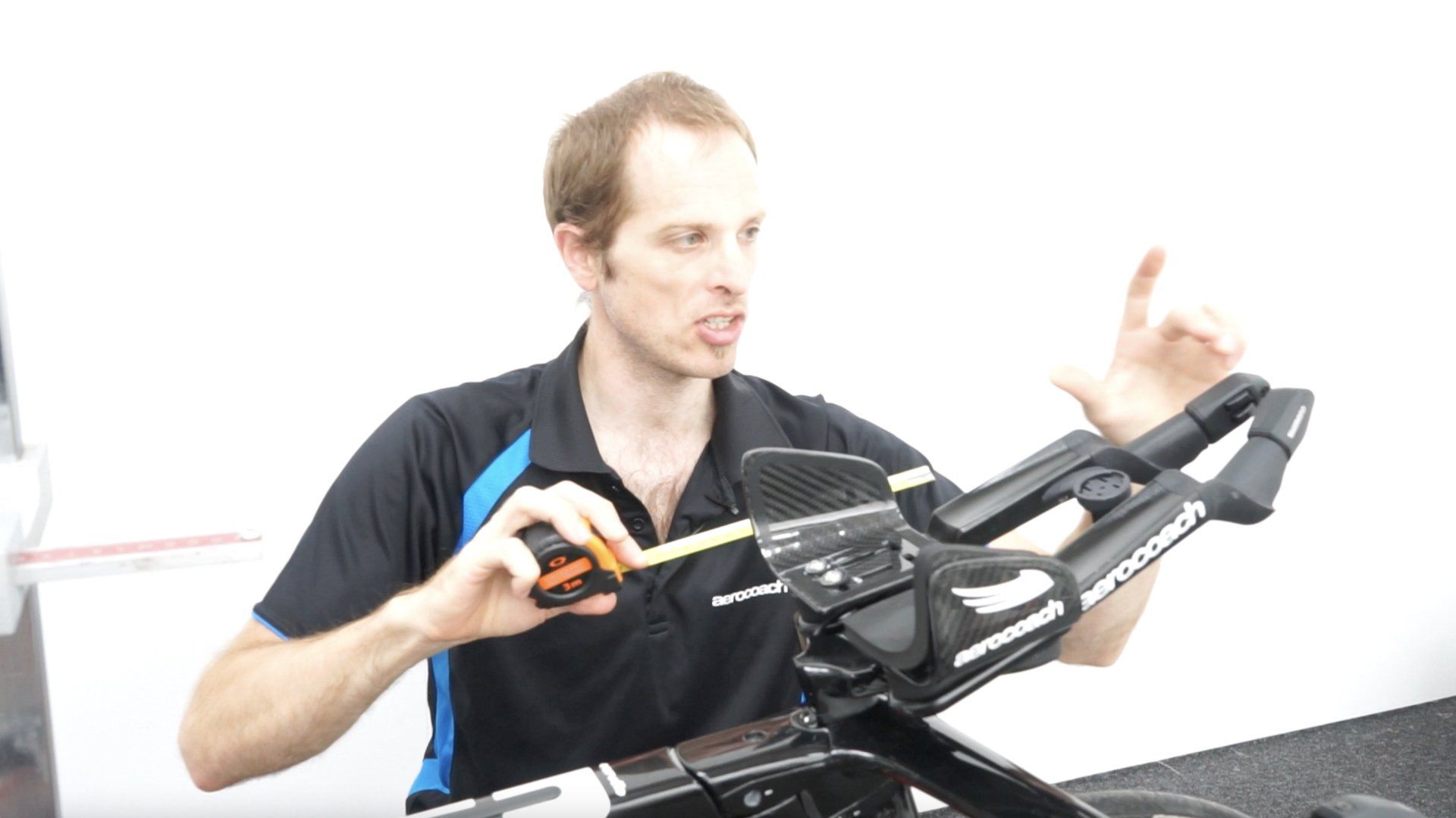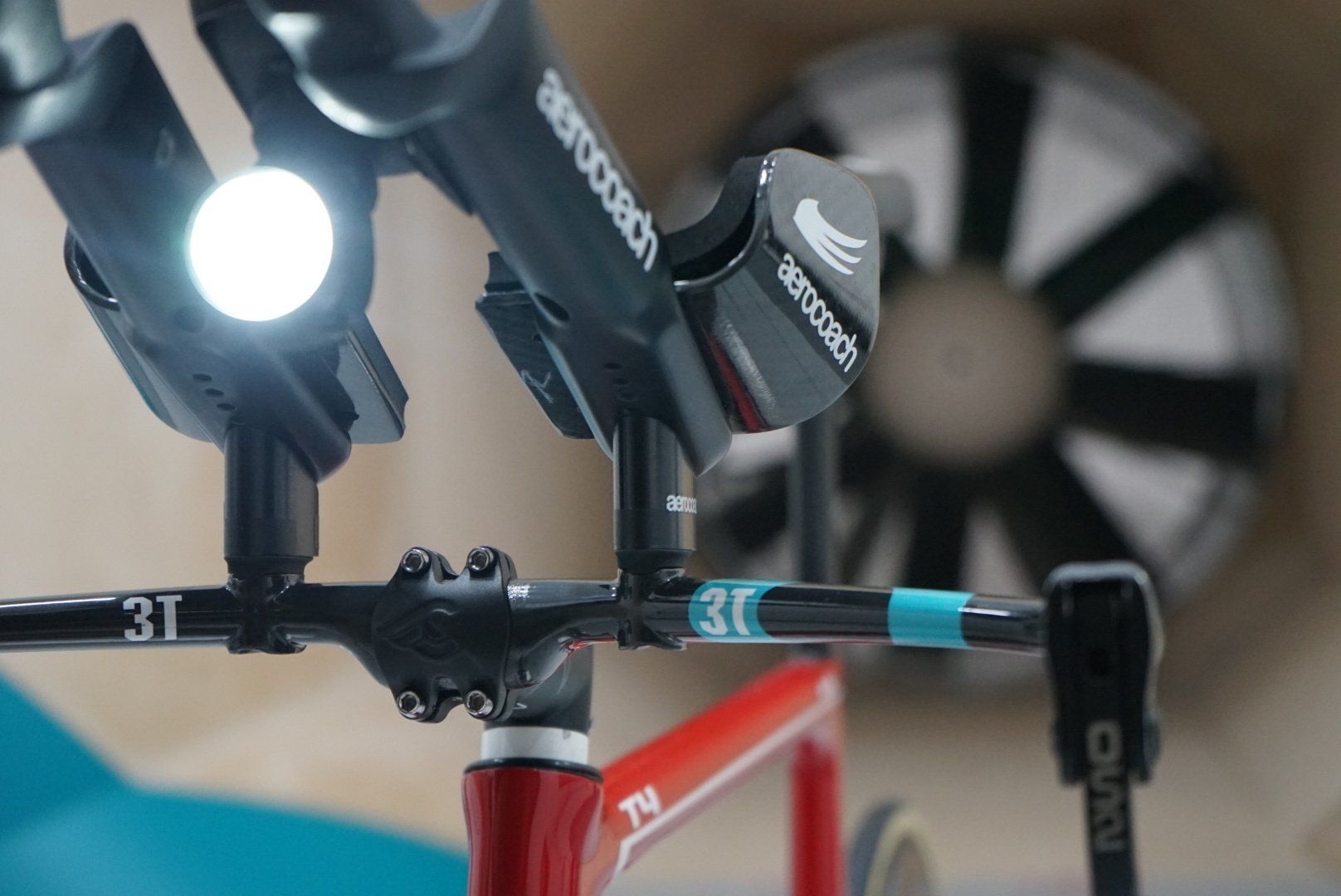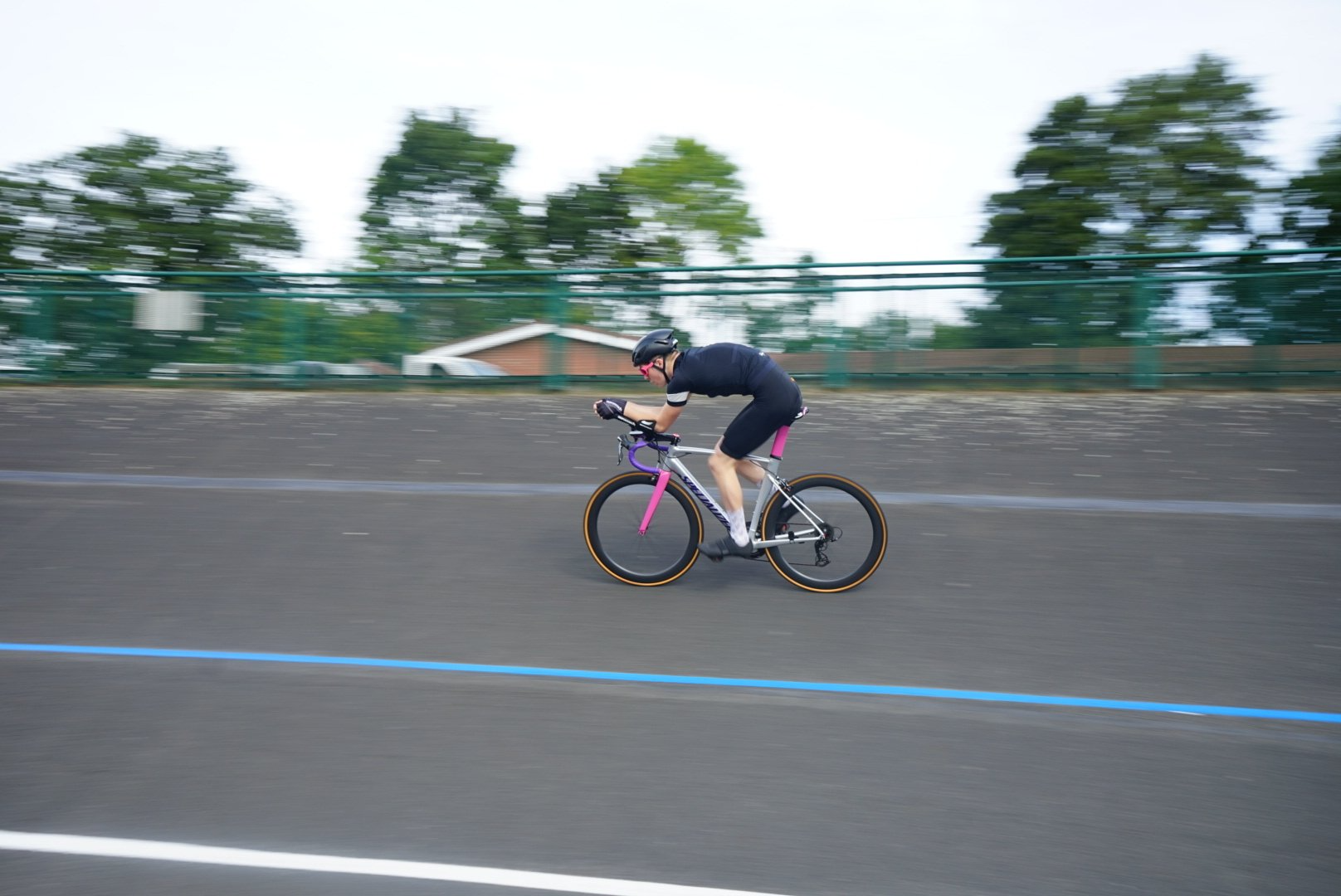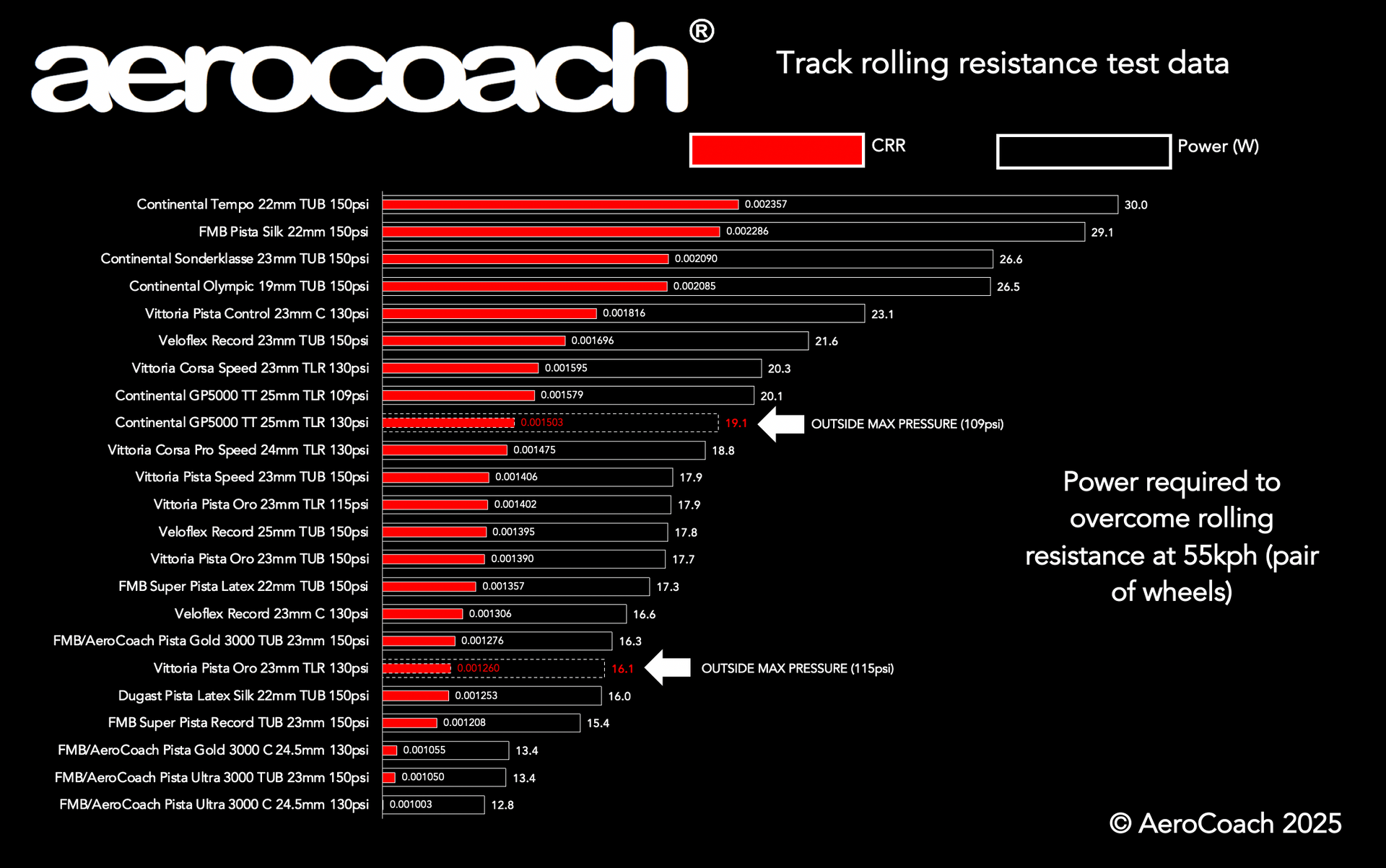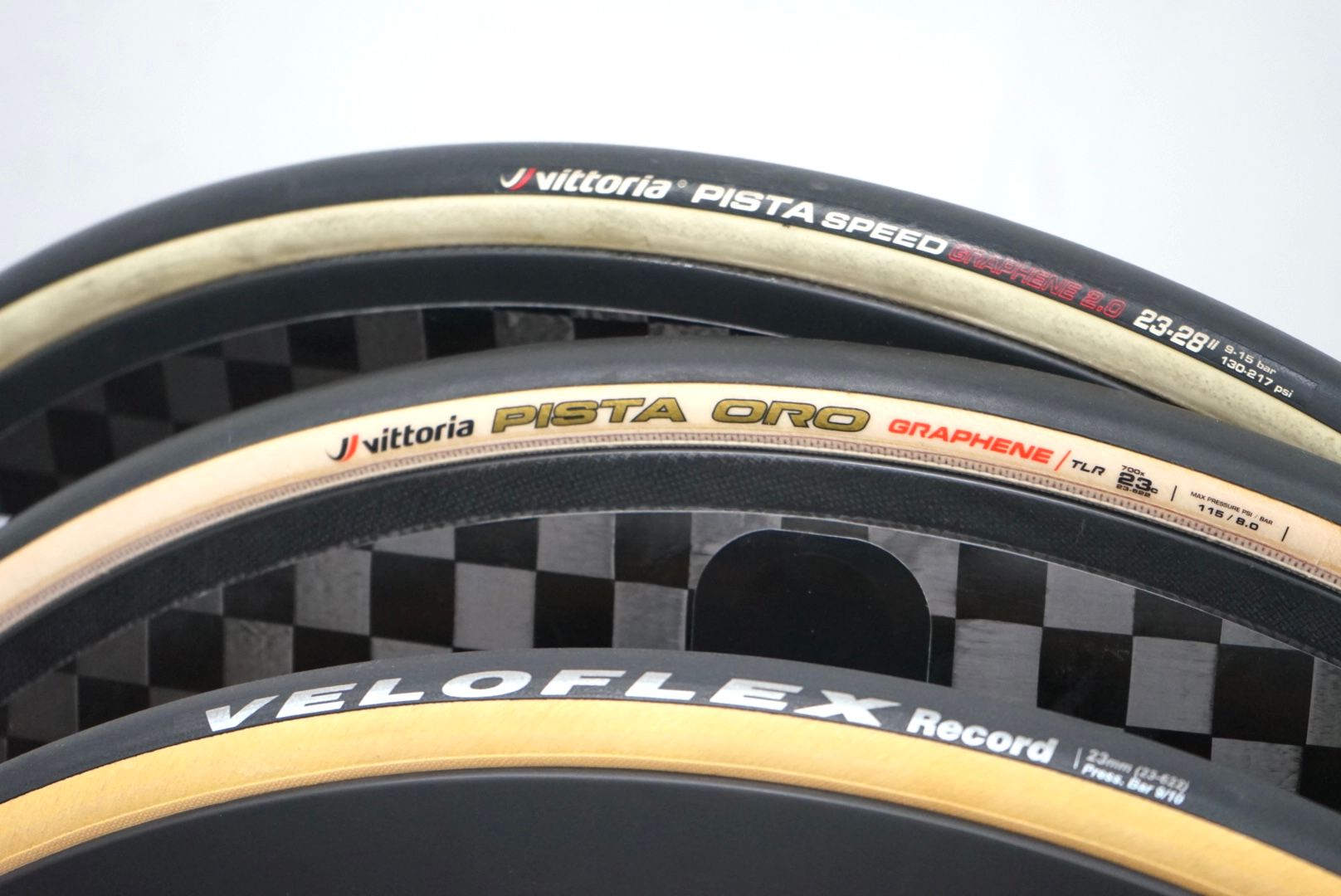FMB/AeroCoach Pista Ultra 3000 track clincher & tubular tyres
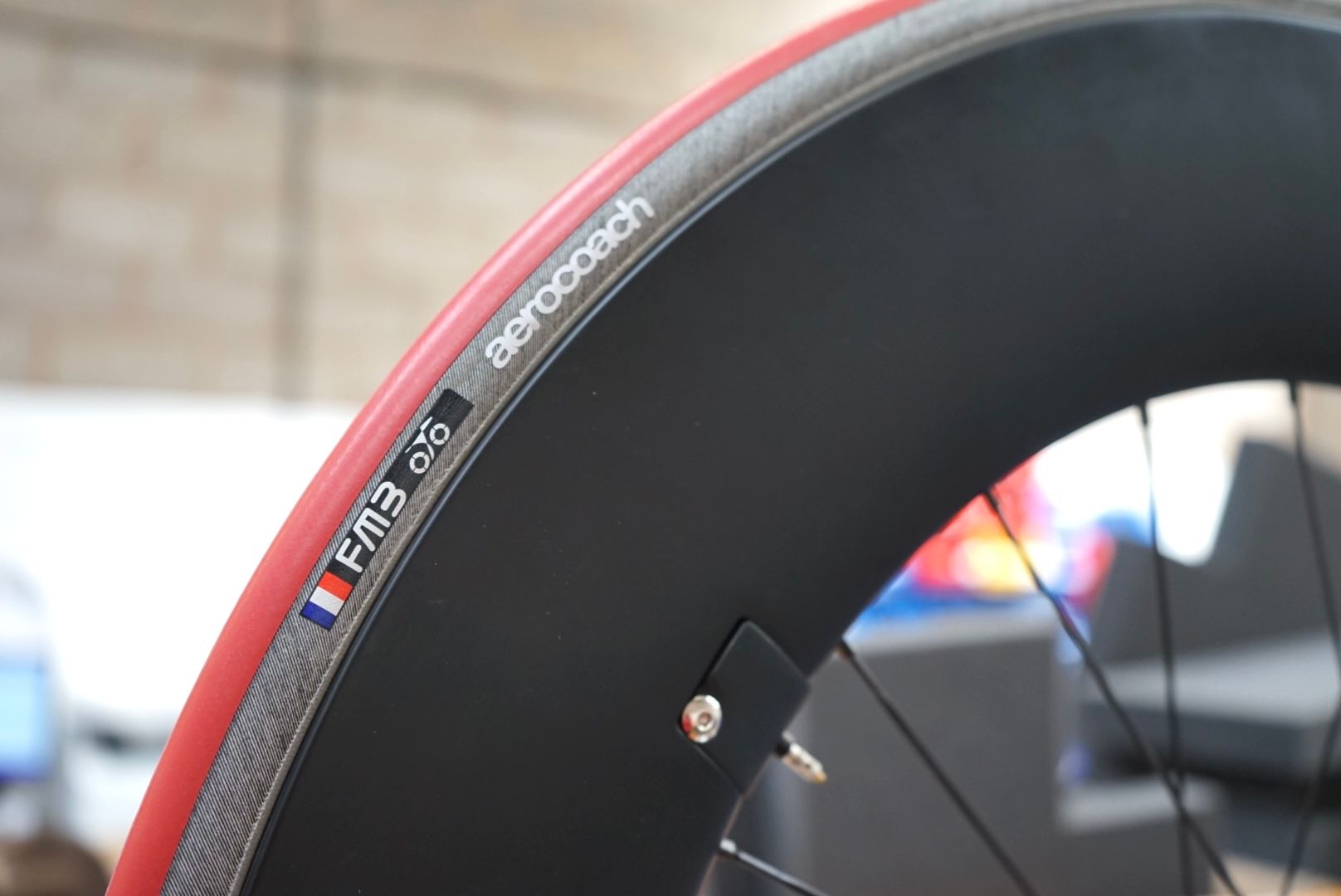
AeroCoach established at the beginning of 2024 that the FMB Super Pista Record was the lowest rolling resistance tubular available, compared with popular fast tyres such as the Dugast Pista Latex Silk, Veloflex Record clincher and Vittoria Pista Oro TLR & tubular.
However, with the increasing prevalence of clincher wheels in track events - bringing with it ease of installation and good rolling performance - we felt that there was need for a new clincher tyre with exceptional rolling resistance.
The latex tread and natural sidewall construction used with the FMB Super Pista Record is not something that has been used on clincher tyres in the past.
Therefore the aim of this collaboration with FMB was to establish a new clincher benchmark, learning from the construction of the FMB Super Pista Record to establish a new clincher format as well as making further improvements in Crr to both the tubular & clincher tyres at the same time.
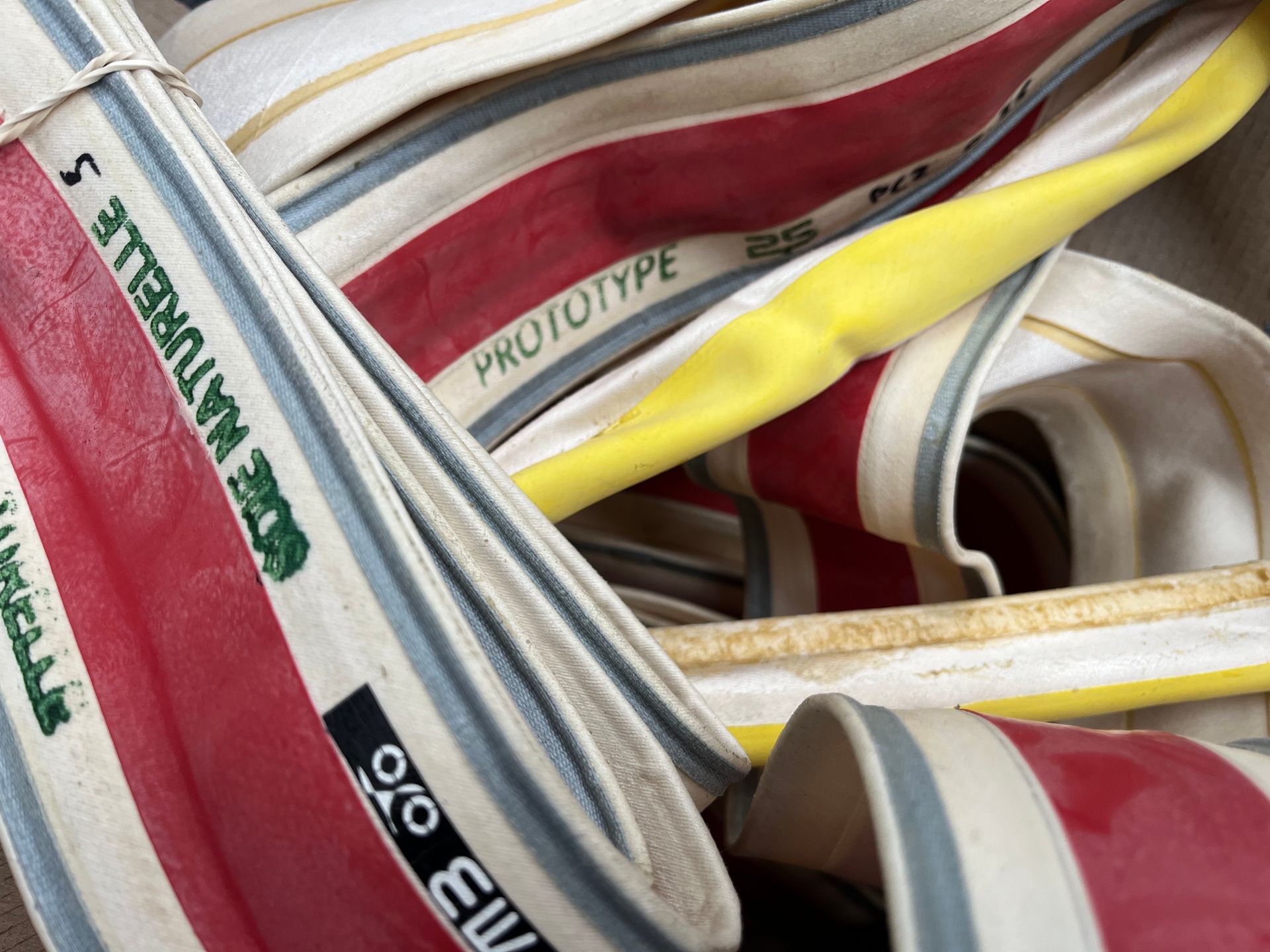
The development process explored a large number of different prototypes, using different construction methods and materials.
The fastest construction used a special method of thread compression, where FMB take individual cotton threads and compress them during manufacture. This special preparation of the tyre casing resulted in lower Crr, ahead of traditional cotton casings, hybrid cotton and also any silk casings that we tested.
We tested different colours and thicknesses of latex tread: colour had no influence on Crr, but an increase in latex thickness increased Crr.
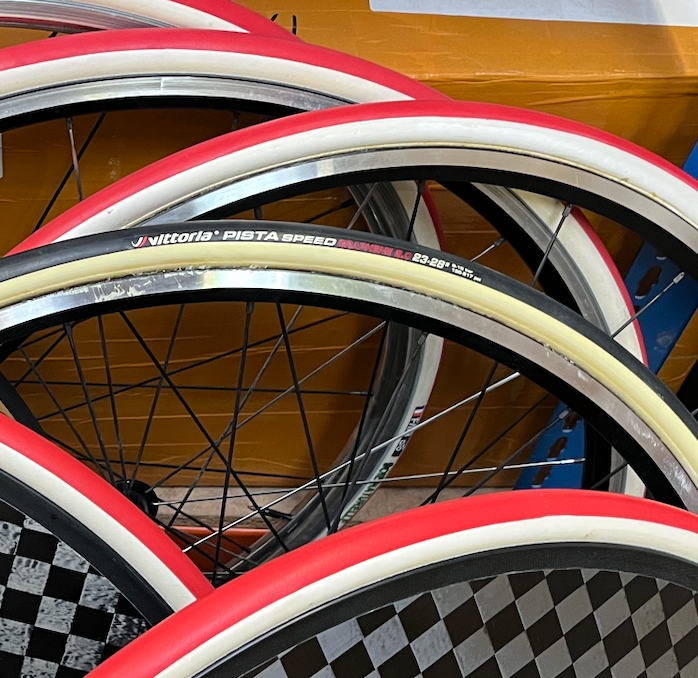
Crr testing was conducted on wooden velodromes at both Newport & Derby in the UK, as well as our roller testing method detailed below, which we have used for many years to publish free data on the AeroCoach website for consumers as well as providing third party validarion of tyres for World Tour cycling teams and tyre manufacturers.
For the roller testing, we swapped between the tyres as a rider rode a bike on rollers, measuring power output and speed, as well as atmospheric conditions and bike/rider weight, repeated over a number of days testing. This allows us to calculate what is known as the Coefficient of Rolling Resistance (or "Crr"), which can be used to model the power output required to travel on a normal road. A lower Crr is better - in that it requires less power to travel at the same speed.
All tubular tyres were fitted to a tubular aluminium rim using Continental rim cement in multiple cured layers, and inflated to 150psi.
Clincher/TLR tyres were all mounted using a Vittoria latex inner tube. In previous testing we have found no difference between tubeless sealant of ~30ml and a latex tube, and we do not recommend using tubeless sealant in a track scenario.
Some clincher tyres were inflated beyond manufacturer stated maximum pressure - this is for information only and we do not recommend inflating tyres beyond their stated maximum pressure.
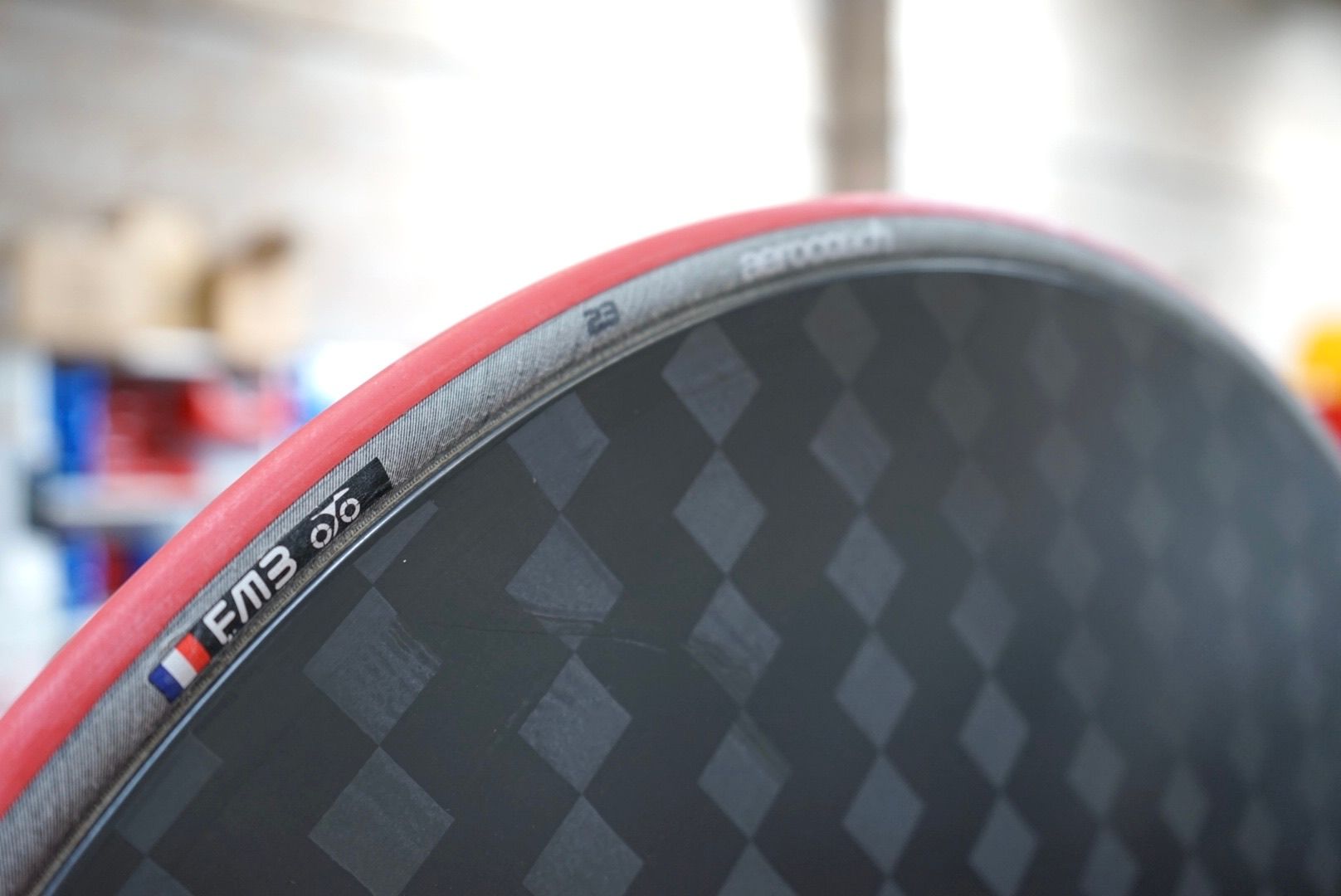
The testing here was conducted at fixed pressures for comparison purposes: note that these are not global pressure recommendations, but they allow us to compare tyres against each other.
The final clincher version of the FMB/AeroCoach Pista Ultra 3000 had the lowest rolling resistance of any track tyre we have tested so far. In second place is the tubular Pista Ultra 3000 which had a Crr around 4.5% higher. The thicker tread version, recommended for sprinters doing fast standing starts is called the Pista Gold 3000. This on average has a Crr 13.5% higher than the Pista Ultra 3000.
If you ride Vittoria Pista Speed tubulars at 150psi, or Vittoria Pista Oro clinchers at 115psi (nearly identical Crr values), then swapping to the Pista Ultra 3000 tubular or the Pista Ultra 3000 clincher is around 1 metre advantage every single lap of a 250m velodrome when travelling at 55kph: 91cm per lap for the tubular and 105cm per lap for the clincher, all things being equal. The tubular Pista Ultra 3000 compared with the tubular Dugast Pista Latex Silk is ~52cm advantage per lap.
A rolling resistance change of 0.6w on the chart below is worth around 25m over an hour record at 55kph.
